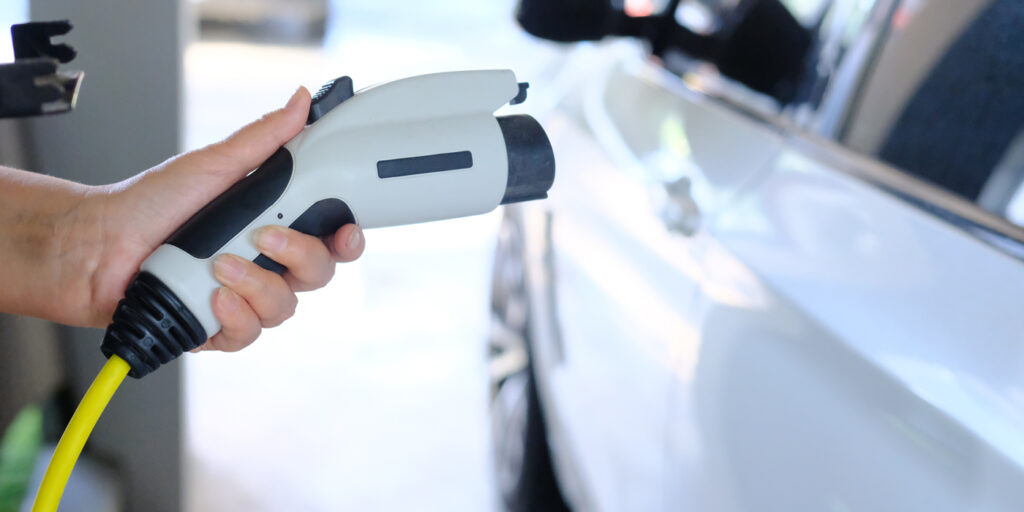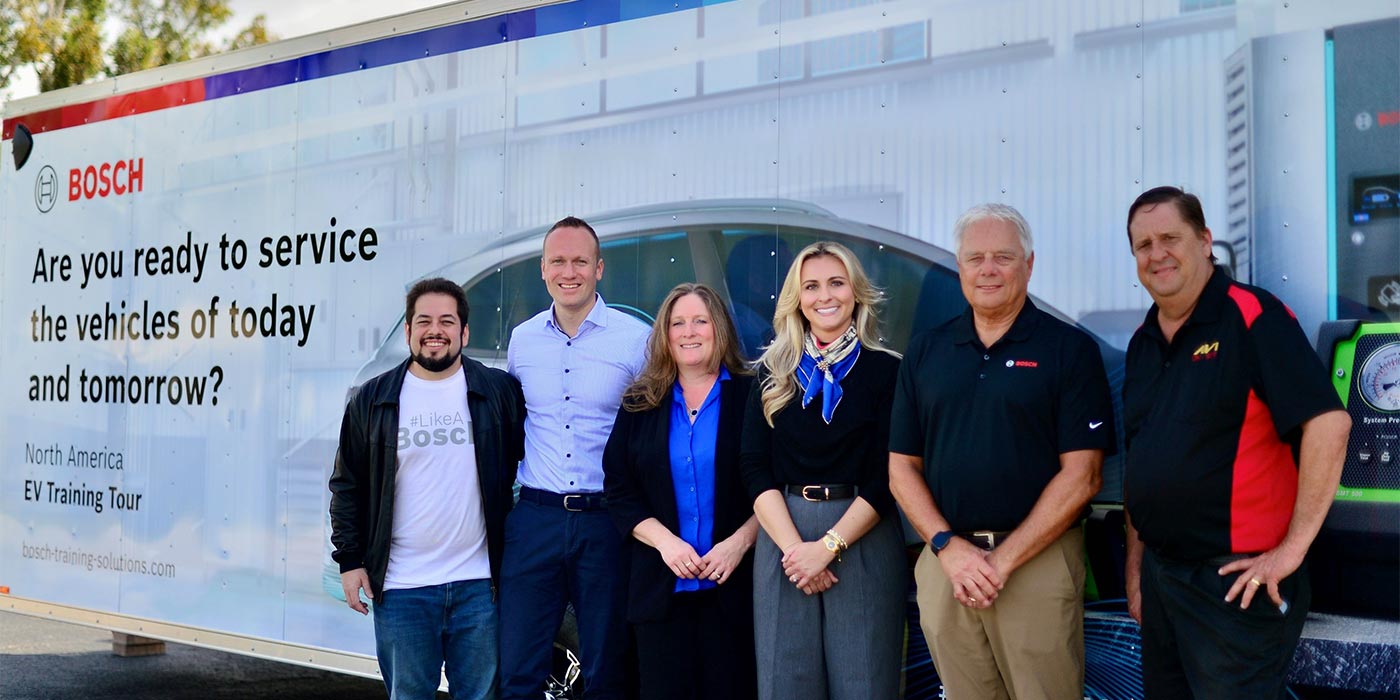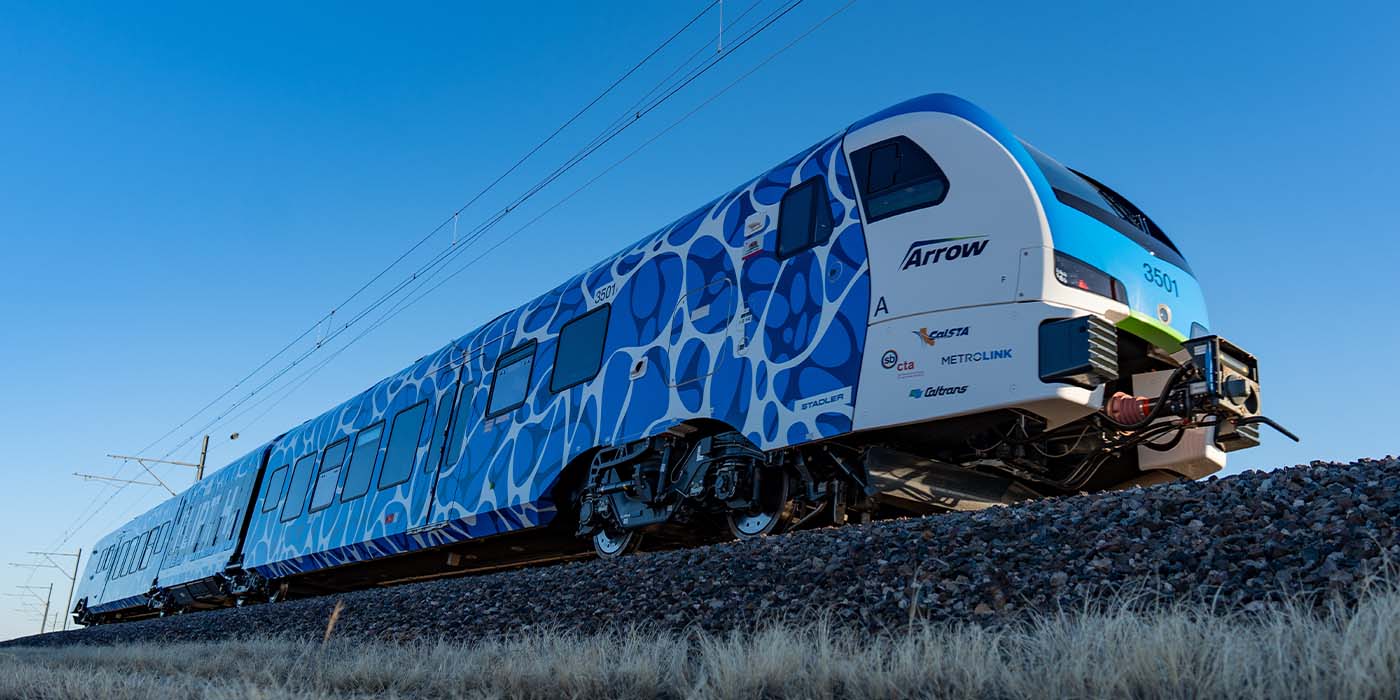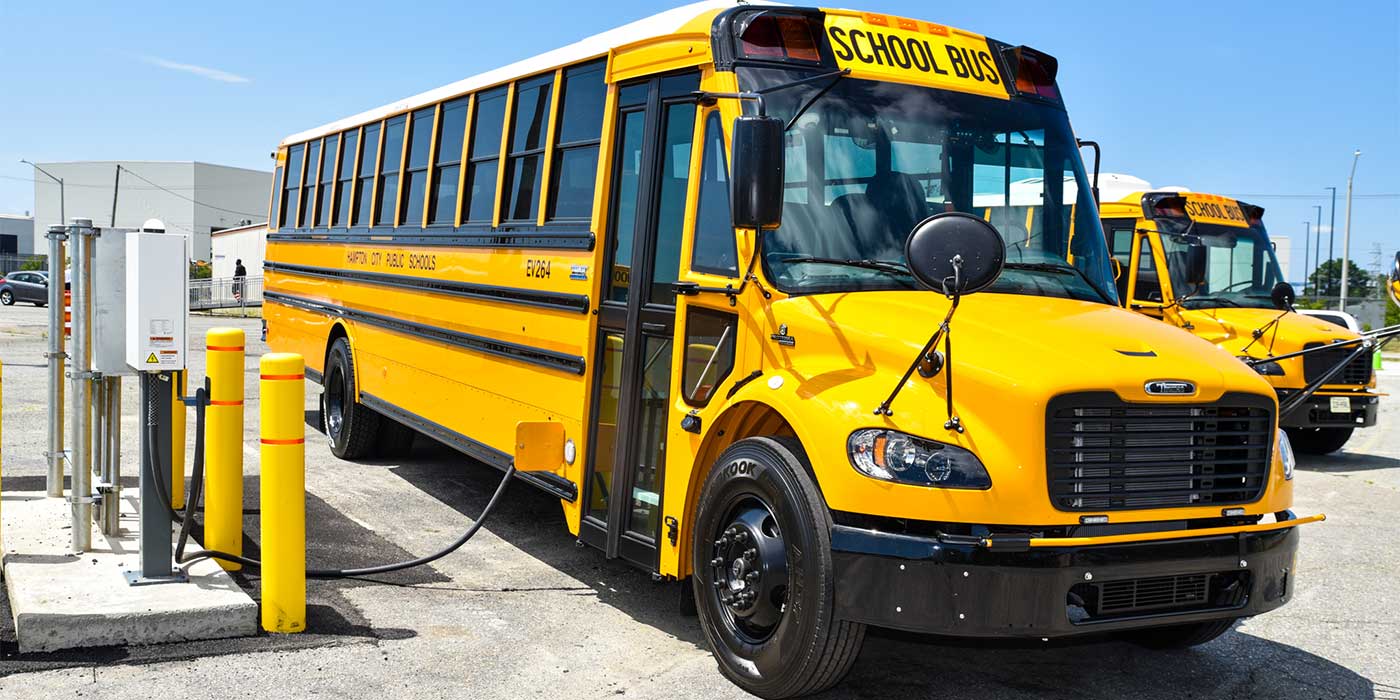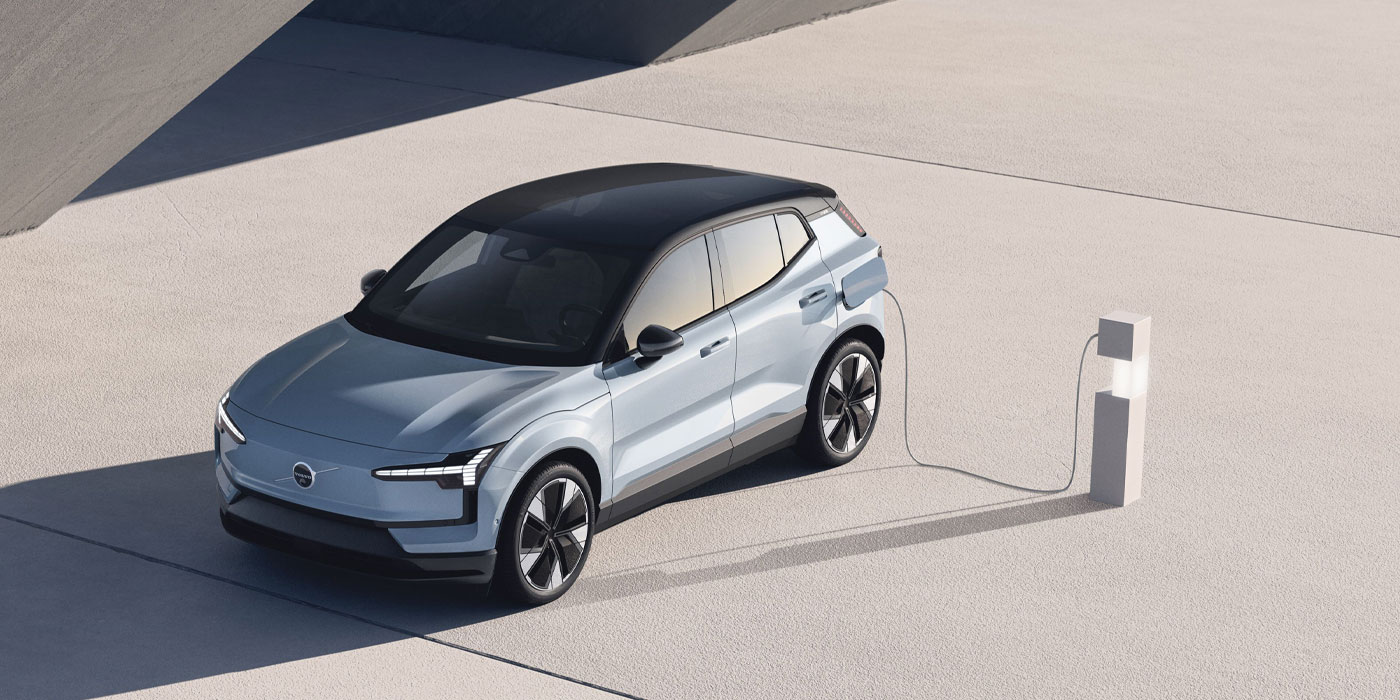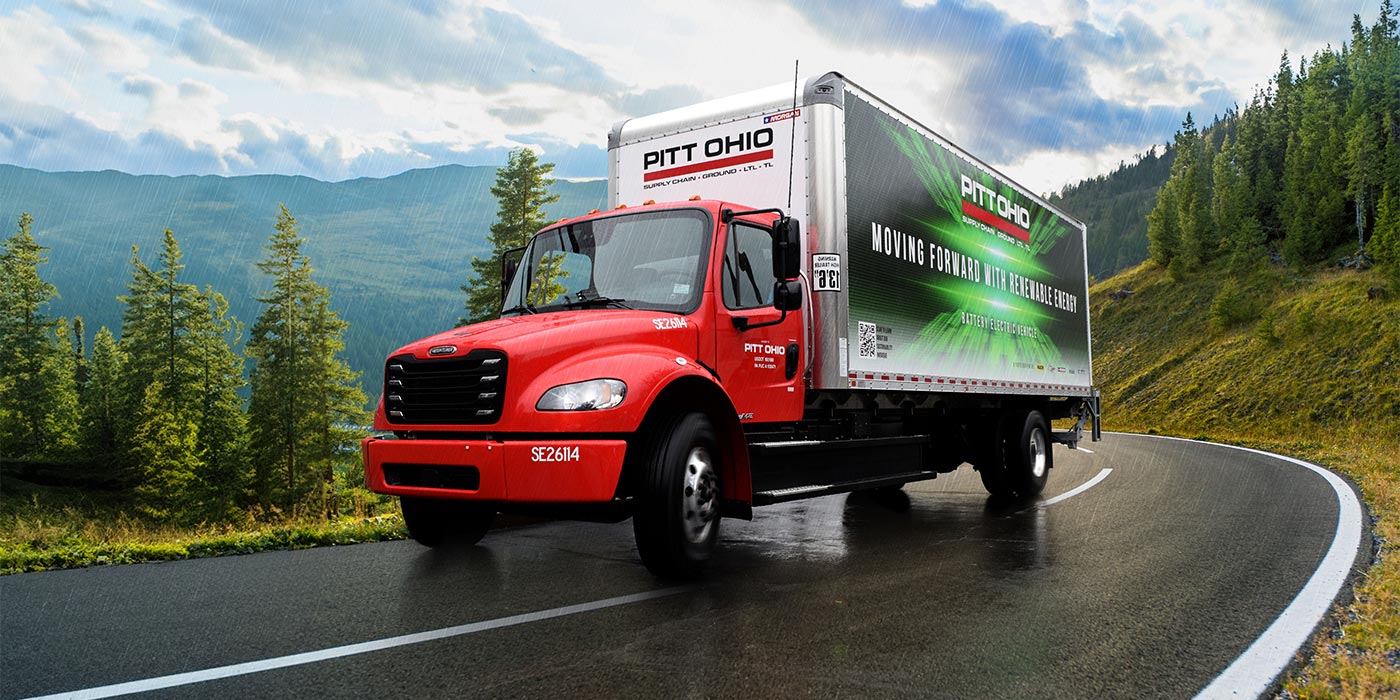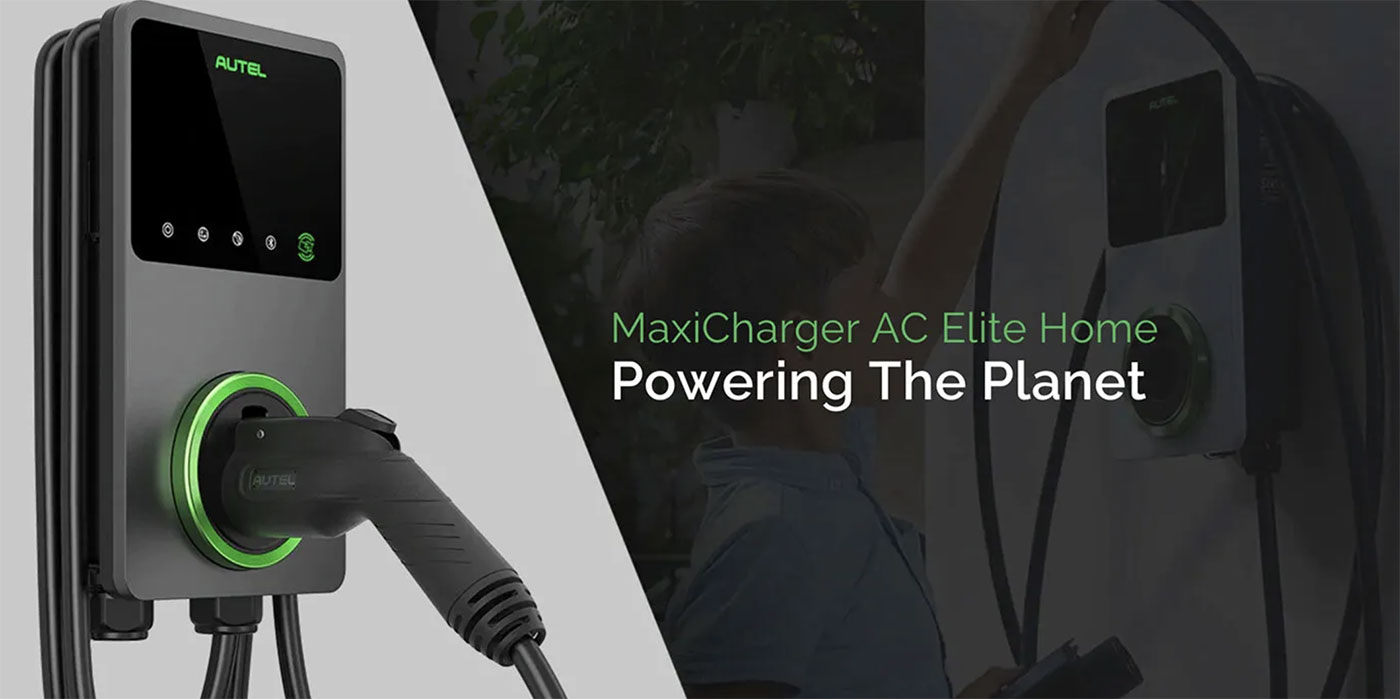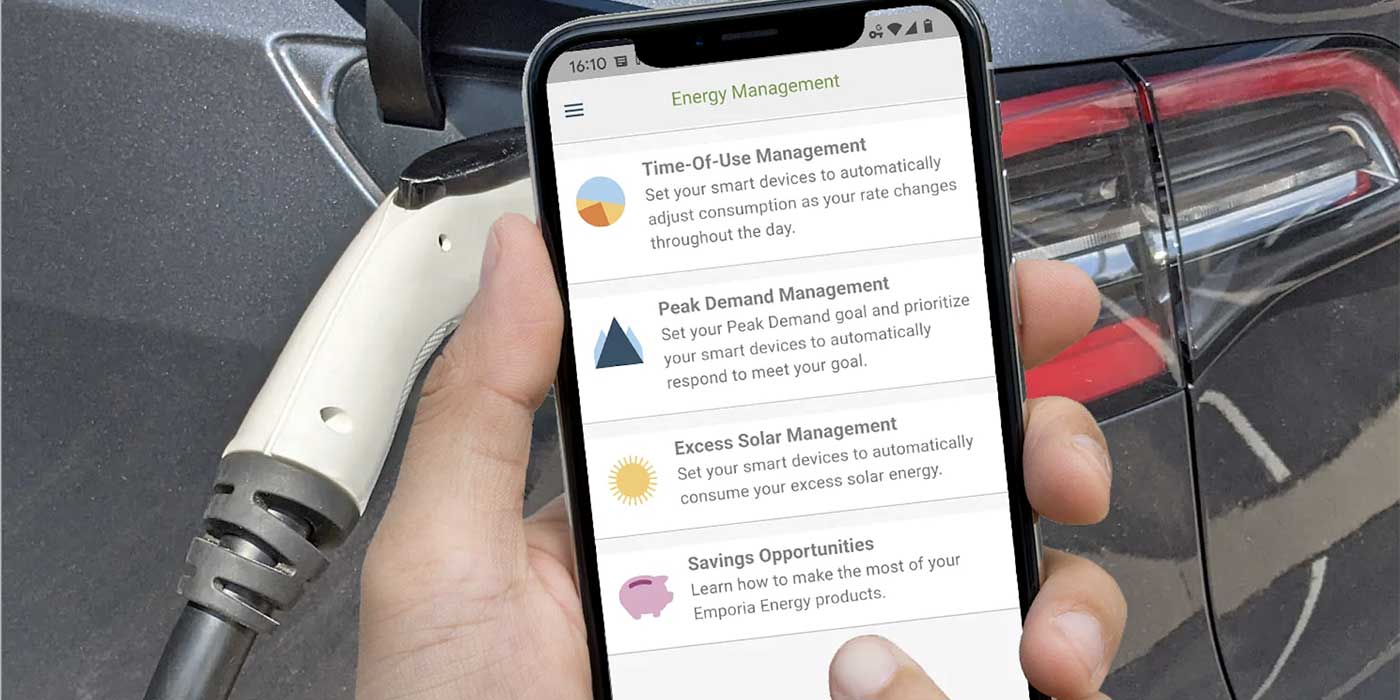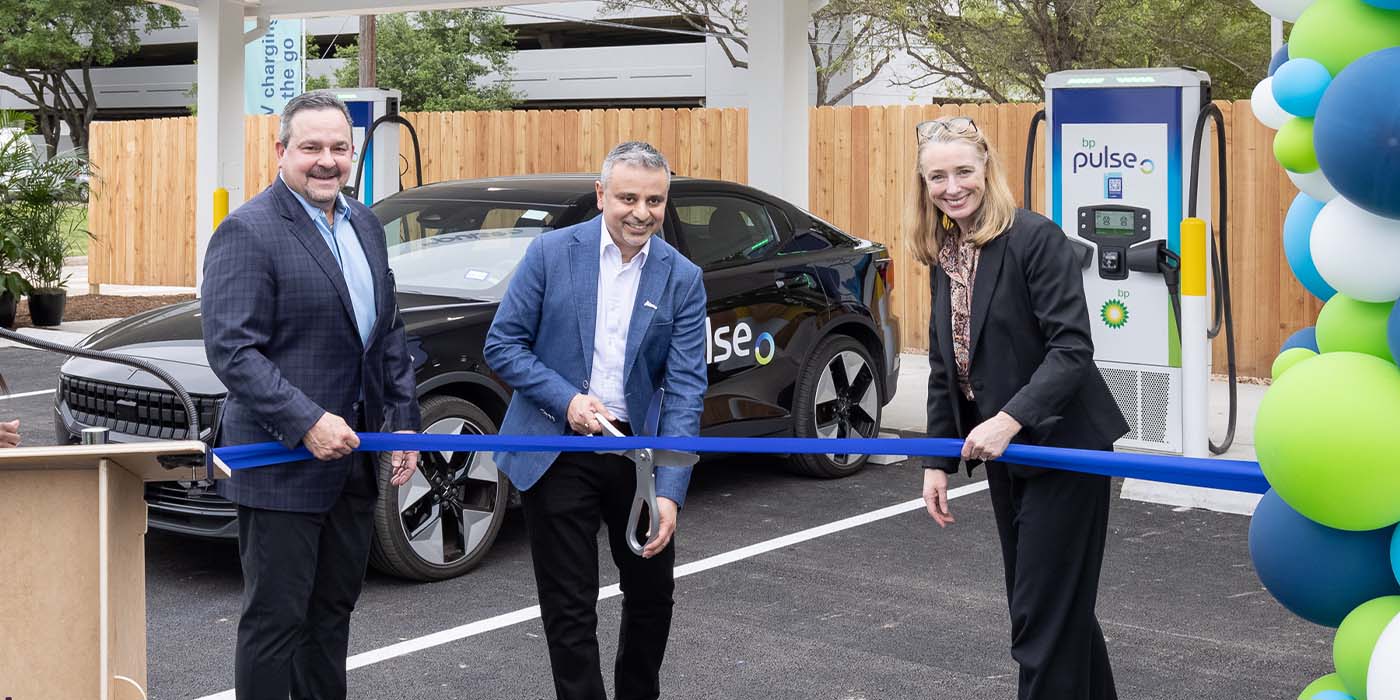Bosch Car Service, which has more than 15,000 repair shops in 150 countries, is celebrating 100 years in the repair industry this year.
The company is no stranger to innovation: With 4,202 patent applications in 2019 alone, Bosch is one of the industry’s drivers of innovation in the field of mobility.
But, a lot has changed in the past 100 years, especially when it comes to EVs. To discuss how parts and service have changed to suit the EV market, Jeff Hudnut, product manager of EV charging at Bosch Automotive Service Solutions, recently sat down with The Buzz to answer a few questions:
What is the biggest issue facing EVs today (cost, lack of infrastructure, range anxiety, etc.), and how in your opinion is the aftermarket poised to address this issue?

One major hurdle the industry as a whole has struggled with has been around educating the public around how simple it is to charge an electric vehicle. There’s a misconception among many drivers that the cost to install supporting technology—such as EV charging devices— is challenging and expensive. While each charging location is different and may have unique challenges to overcome, Bosch acknowledges these challenges by offering charging stations that are designed to be easy to install, simple to operate, and require virtually no maintenance or updates. Bosch EV charging stations are fitted with cables that are at the longest allowable by electrical code to allow installation to be as affordable and easy as possible. The aftermarket is poised to help quell these misconceptions and address this issue by delivering quality, affordable charging devices that are simple-to-use and by educating the public on how to make the most of their investment in these devices.
What is the biggest difference in servicing more universal vehicle components – like tires, brakes, alignment, ADAS, etc. – for a vehicle with an internal combustion engine versus an electric vehicle? Is there much of a difference at all?
Technicians often ask about what type of safety training is involved in servicing electric vehicles. While there are many precautions and safety equipment needed to repair the high-voltage battery system, most other repair jobs are more similar than one might think. At the most basic level, an EV requires much of the same maintenance work as conventional vehicles including certain fluids (coolant, brake and wiper), brake pads, tires, and wiper blade replacements. Where EVs differ from conventional vehicles in terms of service are their reduced need for battery and motor maintenance. EV’s also contain fewer fluids, such as engine oil, which further decrease the need for regular maintenance in comparison to vehicles with internal combustion engines.
What is the first step for an automotive repair shop in determining if they should be adding EV-specific repair/maintenance to their service offerings?
If the current types of service offered by their repair shop are similar to maintenance described above, there should be no hesitation by shop owners to add EV-specific repairs to their offerings. As the percentage of electric vehicles on the road increases compared to ICE vehicles, there will come a point that servicing the high voltage systems will become both appealing and marketable for workshops. Preparing for this shift should include safety and service training for technicians, as well as an investment in the appropriate safety and service equipment to allow for the efficient servicing of EV’s.
Where do you see the biggest aftermarket opportunities in the EV space in the next 5-10 years?
By developing easy-to-use EV charging stations suitable for installation across a variety of environments and shop settings, the aftermarket has an opportunity to set the stage for the continued growth of the EV market. As the EV population grows, attracting new customers for standard service will be a great opportunity for workshops through the installation of these charging stations. By adding simple equipment such as EV charging stations, shops can encourage new customers to visit and take advantage of their service. As the number of EV’s on the road increases, this technology can help draw in new business for shops. Shops can install one or more electric vehicle charging stations and then upload that information to community maps, allowing these chargers to act as a customer acquisition tool for drivers who may be searching for EV charging stations nearby.

